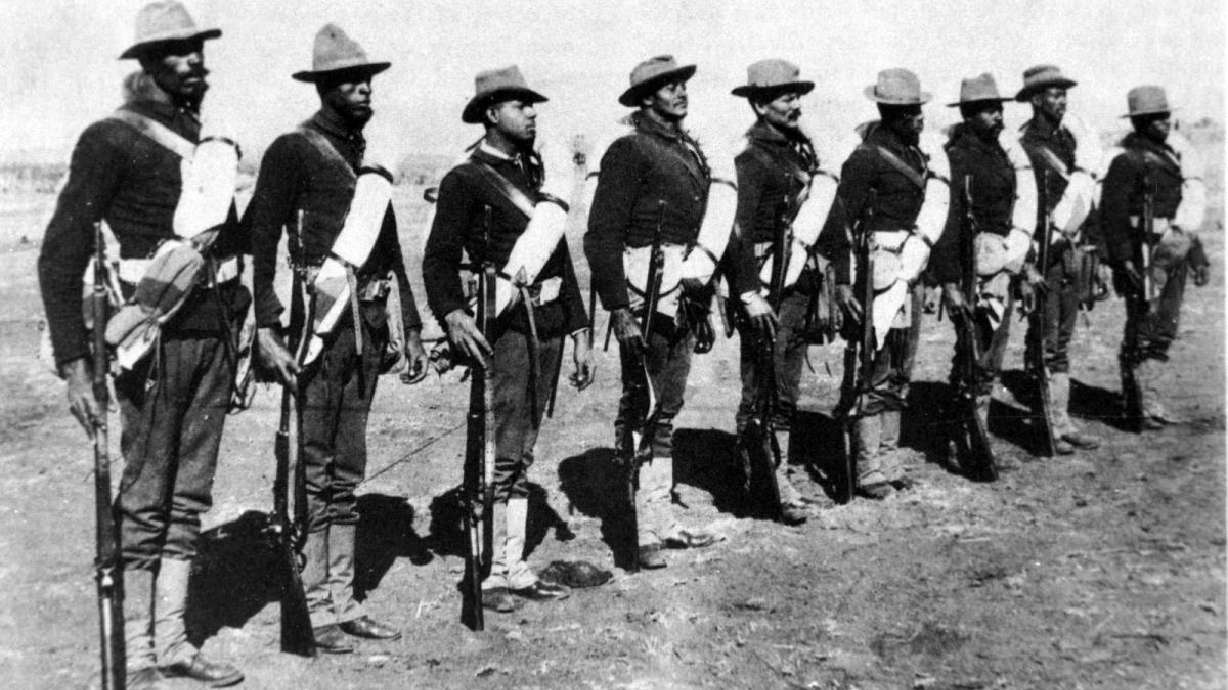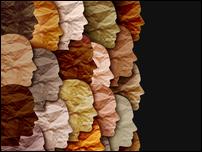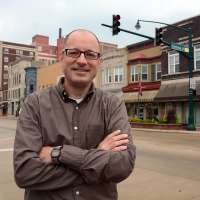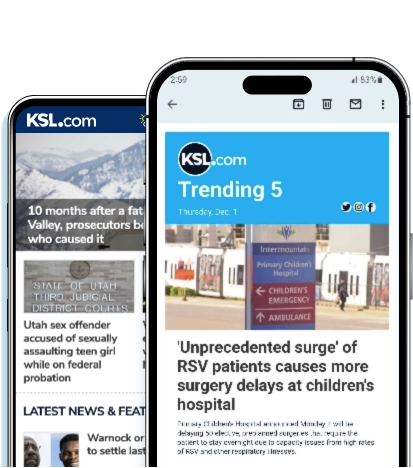Estimated read time: 3-4 minutes
- Experts researching the Black soldiers who served in Utah during westward U.S. settlement have created a trail to preserve the history.
- Public events and driving tours on Friday and Saturday are planned to highlight points of interest on the trail.
- Around 1,000 Black soldiers served at various locations in Utah in the post-Civil War period.
SALT LAKE CITY — For perhaps the first time, Utah historians have organized much of the history surrounding the Black soldiers who served in Utah in the post-Civil War era to make sure it isn't forgotten.
"We didn't have any idea what we were getting ourselves into, and it's just mountains of information we've been able to bring to light because of this," said Ian Wright, director of the Utah Cultural Site Stewardship Program, which is overseeing the effort.
The research started in 2023 and the historians involved have created the Buffalo Soldier Heritage Trail linking several sites of note involving those first Black soldiers, known at the time as buffalo soldiers. Public events are set for Friday and Saturday at three of the sites, with signage geared to the general public to eventually be placed at the locations to promote interest in the history.
"A lot of folks know about the buffalo soldiers, but they don't usually connect them to Utah," Wright said. Around a quarter of all African-American soldiers who served in the western United States in the period of westward U.S. settlement following the Civil War, though, came through the state, he said.
As part of the initial public presentation of project findings, three simultaneous talks are scheduled for Friday at the Fort Douglas Military Museum in Salt Lake City, the Price Prehistoric Museum in Price and the Uintah County Heritage Museum in Vernal. On Saturday, driving tours will be held through three areas of note in the history of buffalo soldiers in Utah, starting in Salt Lake City, Price and Vernal. Participants must register online and organizers will send additional event details to those signing up to take part.
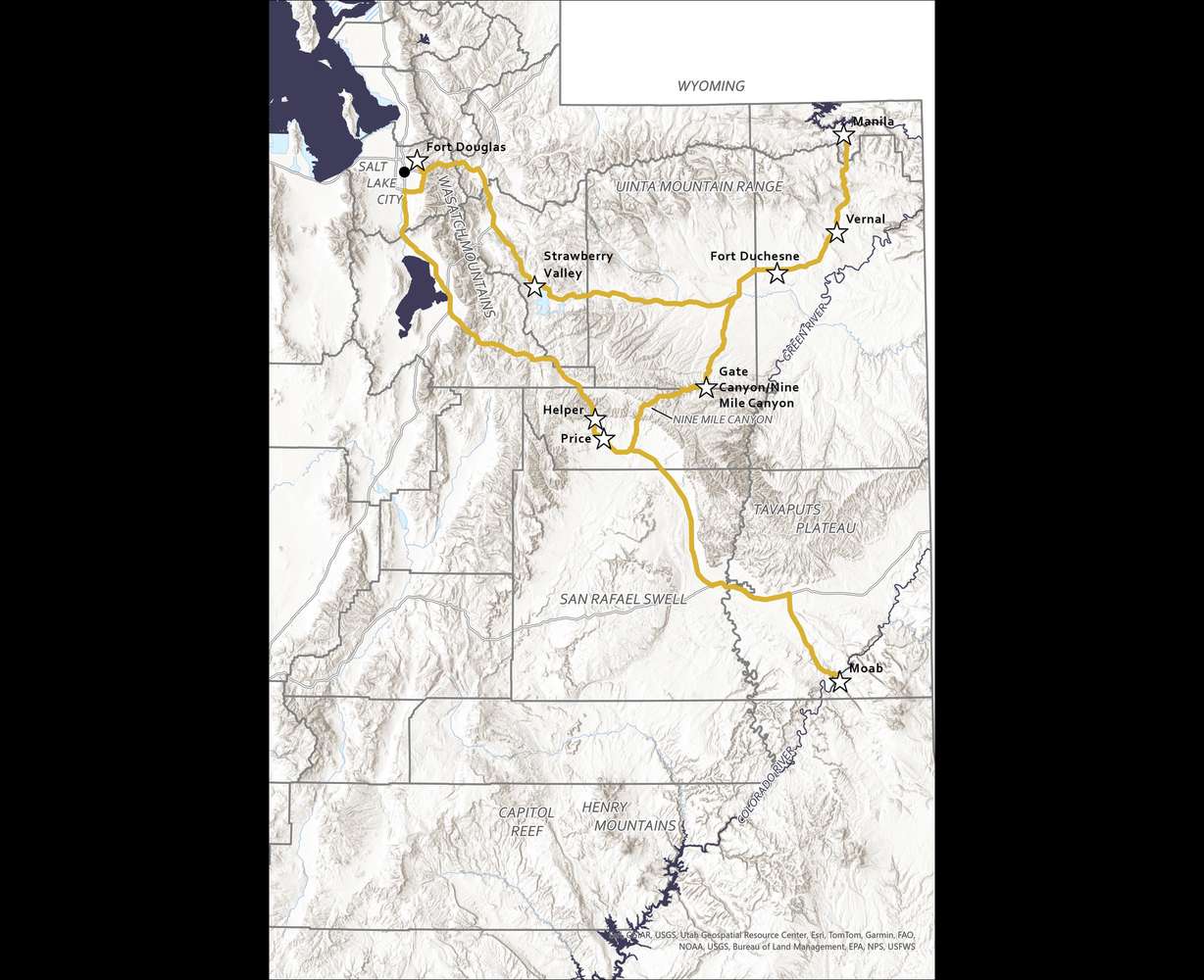
Wright said some of the buffalo soldier history has been preserved in places like Carbon and Uintah counties and Fort Douglas, where some of the soldiers were stationed.
"But for the large part, it's kind of been overlooked a little bit here in Utah. One of our goals is to connect back into that larger story and bring this history to life, to help to safeguard that," he said. "The information's out there; it had just never kind of been pulled together in a way where people could see."
Two regiments of buffalo soldiers, the 24th Infantry at Fort Douglas and the 9th Calvary at Fort Duchesne, served in Utah, part of the U.S. military contingent assigned to the American West to protect settlers moving to the area. Wright said their presence was most pronounced in Utah from around 1878 to 1901. Well over 1,000 buffalo soldiers served in Utah, he estimates, with varied roles in Ford Douglas, Fort Duchesne, Carter Military Road, Gate and Nine Mile canyons, Moab, Helper, Price and Vernal, the key stops on the Buffalo Soldier Heritage Trail.
Read more:
While their official role was to protect settlers from attacks by the Native American population, the buffalo soldiers faced other challenges, notably discrimination from within the military ranks and from the communities they served.
"Not only is it a military story, it's an American story, it's a Western story, it's an African American story. It's just got so many neat nuances," Wright said.
Wright and his team, which operates under the umbrella of the Utah State Historic Preservation Office, have been working with the Sema Hadithi African American Heritage and Cultural Foundation, based in West Valley City. Reps from the University of Utah's American West Center, the U.S. Forest Service and the Bureau of Land Management have also helped. Much of the history they've organized and unearthed is available online and in an audiobook.

